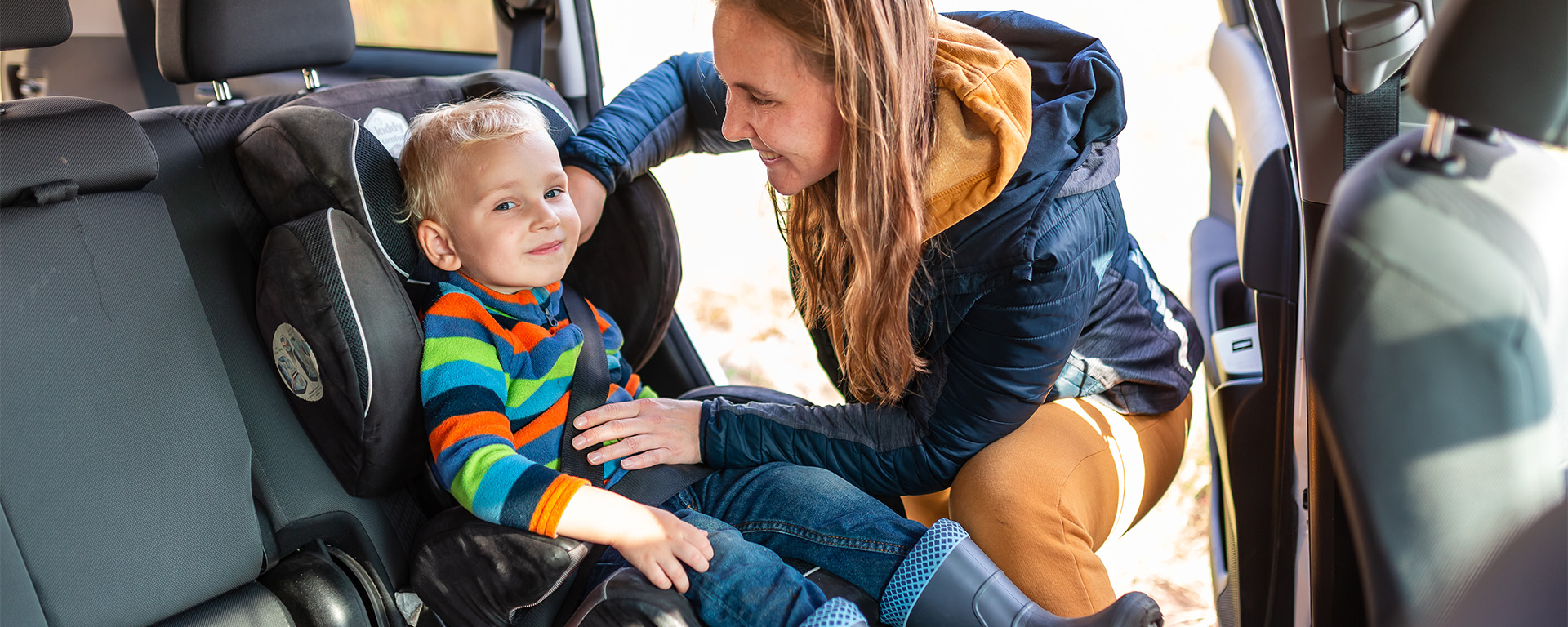September 08, 2025 Auto
Essential car seat safety tips
If you have children or regularly transport them in your vehicle, ensuring they are properly secured in the correct car seat is critical. Children are safest in the back seat, especially those under age 13 or riding in a car seat. Front-seat airbags can pose serious risks to smaller children.
Using a car seat correctly can significantly reduce the risk of injury in a crash. However, many parents unknowingly make mistakes—choosing the wrong seat, improper installation, or incorrect buckling techniques. Even minor errors can lead to serious consequences.
Top tips for proper car seat use
- Never place an infant in the front seat of a vehicle equipped with a passenger airbag
- Follow the car seat manual for installation instructions. You can also consult a certified Child Passenger Safety Technician—many fire departments offer this service
- Keep harness straps snug and position the chest clip at armpit level
- Ensure straps lie flat and are not twisted
- Dress your child appropriately—avoid bulky clothing that can create slack in the harness during a crash
- Rear-facing is safest. The American Academy of Pediatrics recommends keeping children rear-facing until at least age two
For detailed guidance, visit Car Seats for the Littles, a trusted resource for car seat safety.
Avoid using a car seat if:
- It's expired (typically 6–10 years after manufacture)
- Has been involved in a crash
- Missing instructions, you can often download a manual from the manufacturer
- Has cracks or missing parts
- Has been recalled
Check with the Auto Safety Hotline at 888-DASH-2-DOT and register your seat for future recall notices
Is your child ready for a seat belt?
Keep your child in a car seat or booster if possible. When transitioning to a seat belt:
- The shoulder belt should rest across the shoulder, not the neck
- The lap belt should lie low across the hips
- Knees should bend comfortably at the edge of the seat.
- If the seat belt doesn’t fit properly, your child should remain in a booster seat. Maturity also matters—children must be able to sit correctly without slouching or leaning
Car seat safety is non-negotiable. By following these guidelines and staying informed, you can ensure your child is protected every time you hit the road.
Armed Forces Insurance: your trusted veterans auto insurance advisor
Armed Forces Insurance has been a trusted advisor to armed forces service members for more than 135 years. We’re not a giant corporate skyscraper full of slick insurance executives. We’re a small company headquartered just down the road from Fort Leavenworth in Kansas. We know each other, and our customers know us. If you’re looking for a someone you can trust to shoot you straight and help you protect your vehicles, check out our auto insurance page.
Learn more about auto insurance:
9 Factors That Affect Your Car Insurance Rates (Forbes)
What is covered by a basic auto insurance policy? (Insurance Information Institute)

